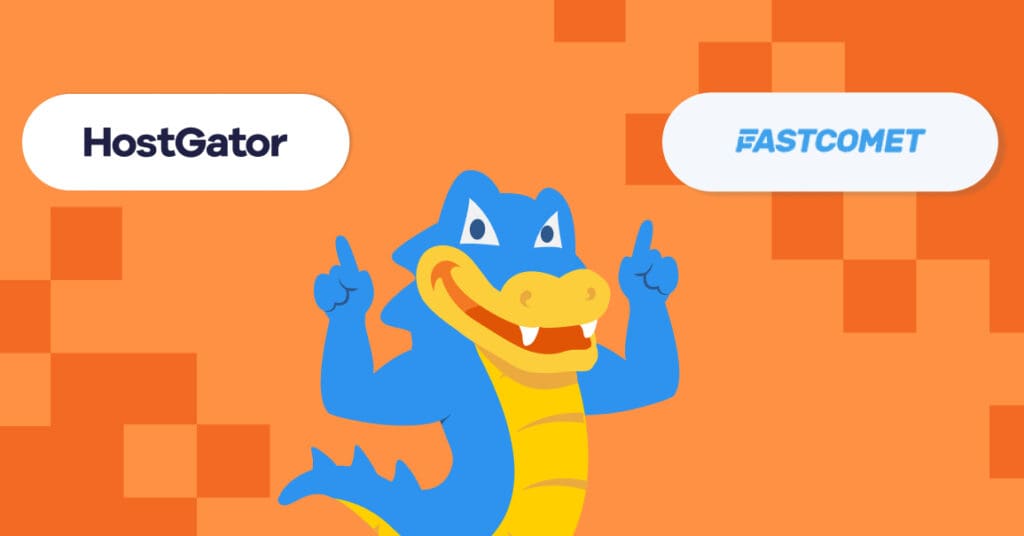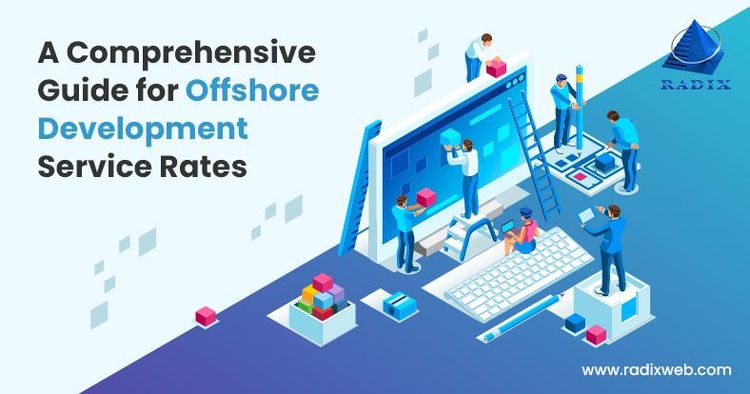
01
Outsource Web Development Services in 2025: Smart Strategy & Global Trends
Outsource Web Development Services in 2025: Strategy, Trends & Partner Selection
In 2025, outsourcing web development is one of the most strategic decisions businesses can make to accelerate digital transformation, access global talent, and control costs. This comprehensive guide covers market trends, benefits, risks, pricing models, partner selection criteria, and practical insights to help you outsource effectively. The IT outsourcing market is projected to reach over $540 billion by the end of 2025, growing steadily at ~7–9% CAGR. Around 64% of companies worldwide outsource at least one software function, including web development, QA, and infrastructure ([turn0search10]citeturn0search10). Asia, Eastern Europe, and Latin America remain major outsourcing hubs. Asia’s market alone is expected to grow at ~9.2% through 2027, led by countries like India, Vietnam, China, and the Philippines ([turn0search7]citeturn0search7turn0search0). Local markets such as Bangladesh are scaling rapidly—its IT outsourcing revenue is forecast to reach $750 million in 2025 with ~11% CAGR until 2030 ([turn0search0]citeturn0search0). Notably, global hourly rates have dropped recently: East Europe by ~9%, South & South‑East Asia by ~16% year‑over‑year, largely due to AI tools reducing labor effort ([turn0news12]citeturn0news12). Outsourcing means contracting external firms for tasks. Offshoring specifically refers to outsourcing across borders. Insourcing keeps work in-house. Each model has trade-offs—outsourcing is efficient but may reduce managerial control and complicate quality assurance ([turn0news13]citeturn0news13). Hourly rates vary significantly by region: Common pricing structures: As 2025 advances, outsourcing web development remains a strategic route—balancing innovative delivery, cost savings, and access to global skills. However, success hinges on choosing the right partner, governing effectively, embracing AI‑assisted tools, and maintaining clear project alignment. With the right strategy and engagement, outsourcing becomes not just a cost play but a growth accelerator. Need help identifying outsourcing partners or setting up your process? I’m happy to assist with templates, RFP guidance, or pilot planning.1. Global Market Outlook & Key Statistics
2. Why Outsource Web Development?
3. Outsourcing vs Insourcing vs Offshoring
4. Outsourcing Costs & Pricing Models
5. Trends Transforming Outsourced Web Development
6. How to Choose the Right Outsourcing Partner
7. Key Success Factors & Best Practices
8. Common Risks & Mitigation Strategies
9. Country Comparison for Outsourcing
Region Avg Hourly Rate Strengths Considerations
South Asia (India, Bangladesh)
$20–50/hr
Large talent pool, low cost ([turn0reddit23]citeturn0reddit23)
Language and time zone may require alignment
Eastern Europe (Ukraine, Poland)
$30–80/hr
Strong tech skills, EU compliance, cultural alignment ([turn0reddit15]citeturn0reddit15)
Geopolitical risk in some regions
Latin America (Mexico, Brazil)
$40–100/hr
Nearshore for US, time zone sync, bilingual teams ([turn0search9]citeturn0search9)
Rates higher than Asia/Eastern Europe
10. Real-World Insights & User Quotes
“In Eastern Europe, the cost of hiring a professional web developer ranges from $30‑80/hour… conversely… outsourcing frees you to focus on other important things.” — Reddit user ([turn0reddit19]citeturn0reddit19)
“When you outsource... make sure English level is good… start small and get deliveries often” — Reddit advice from experience dealing with Indian teams ([turn0reddit24]citeturn0reddit24)
Conclusion
Related Post

Bluehost Hosting 2025: Plan Breakdown, AI Features & Real‑User Feedback
01:13:25am 21-07-2025
HostGator Hosting Plans 2025: Shared, WordPress, VPS & Cloud Pricing Guide
01:09:34am 21-07-2025
Gator Web Hosting by HostGator: 2025 Review, Pricing & User Feedback
01:06:55am 21-07-2025
Top Ruby on Rails Development Company – Build Scalable Web Apps in 2025
01:03:03am 21-07-2025
Offshore Web Development in 2025: How to Scale Smart with Global Talent
12:59:30am 21-07-2025
Outsource Web Development Services in 2025: Smart Strategy & Global Trends
12:56:08am 21-07-2025Top Relate Post

Outsource Web Development Services | Benefits, Process & Tips
01:56:16am 20-07-2025
GoogGuidele Workspace Web Hosting: Features, Benefits & Setup
01:59:56am 20-07-2025
Save on Bluehost Hosting Without a Student ID – 2025 Student-Friendly Guide
12:36:38am 21-07-2025
Google Workspace Website Hosting: Guides, Tips & Limitations (2025)
12:39:48am 21-07-2025
Bluehost Promo & Coupon Codes 2025 Guide: Save Up to 83% on Hosting
12:49:37am 21-07-2025